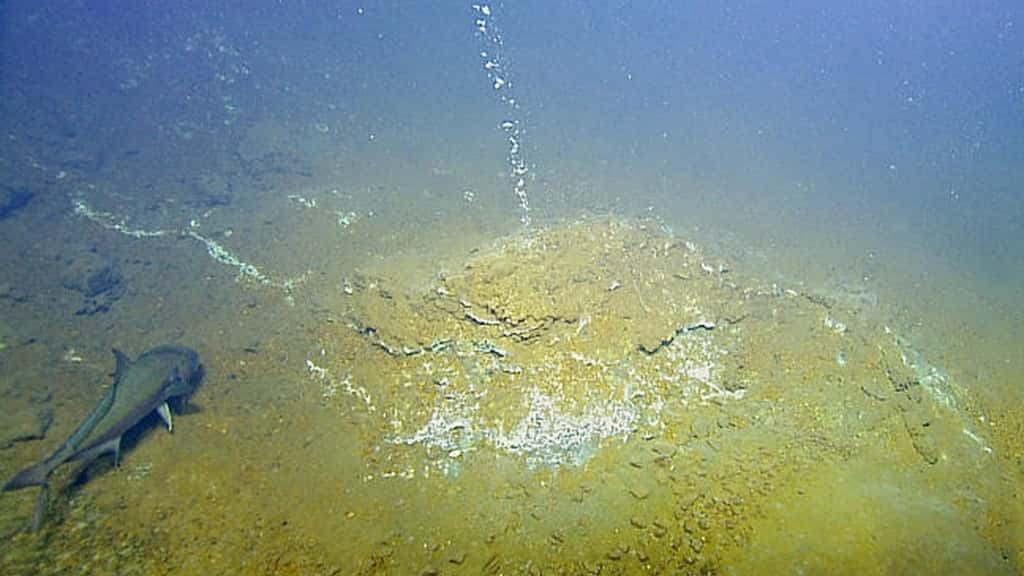
27-year-old man charged for in Portmore hacking case
2024-08-07 10:22:26
Located just 8 kilometers off Grenada, the Kick-’em-Jennay submarine volcano poses the greatest threat to the island following its recent surge of seismic activity.

Kick-’em-Jennay Submarine Volcano
Grenada: The Kick-’em-Jennay Submarine Volcano has recorded a remarkable 800 seismic tremors between 10:00 PM on Wednesday, August 27 and 8:00 AM on Thursday, August 28 marking another chapter in the history becoming one of the most frequently active Volcanic hotspots in the Eastern Caribbean hotspot. This was confirmed by NaDMA through an official press release, while the disturbance is being closely monitored by the University of the West Indies Seismic Research Center (UWI SRC).
The Volcanic disturbance located just 8kms of Grenada poses the most threat to the island. Considered one of the most notorious among the volcanoes in the Caribbean, the Kick-'em-Jenny sits approximately 197 metres below the ocean’s surface. It has erupted at least 14 times since 1939, when it was first discovered.
Despite its history of being strongly active, the largest tremors registered from the same area of magnitude 2.2-2.4, which is far smaller than the maximum 3.3 magnitude which was recorded during the volcano’s last major explosion in February 2024.
The National Disaster Management Agency (NaDMA) has issued a yellow level alert, requiring all marine vessels to observe 1.5-kilometre exclusion zone around the volcano’s surface. This precaution is issued as volcanic gas bubbles can significantly lower the water density, creating dangerous conditions for boats passing overhead.
Importantly, the scientists have pointed out that the Kick-’em-Jenny’s current depth, an explosive eruption is unlikely to generate a significant Tsunami. The volcano would also need to grow much closer to the surface, a process that would take months and will be closely monitored before it becomes a major tsunami threat.
The volcano first discovered in 1939, introduced itself through explosive eruptions that broke the sea surface, and sending steam and debris 275 metres high into the air and generating tsunamis up to two metres high that eventually reached Barbados as well.
Since then, it stands beneath the sea as one of the most active volcanoes in the Caribbean region. Its crater is currently 300 meters in diameter, and serves as the source of both explosive eruptions and gentle dome building episodes which have been researched by scientists over the years.